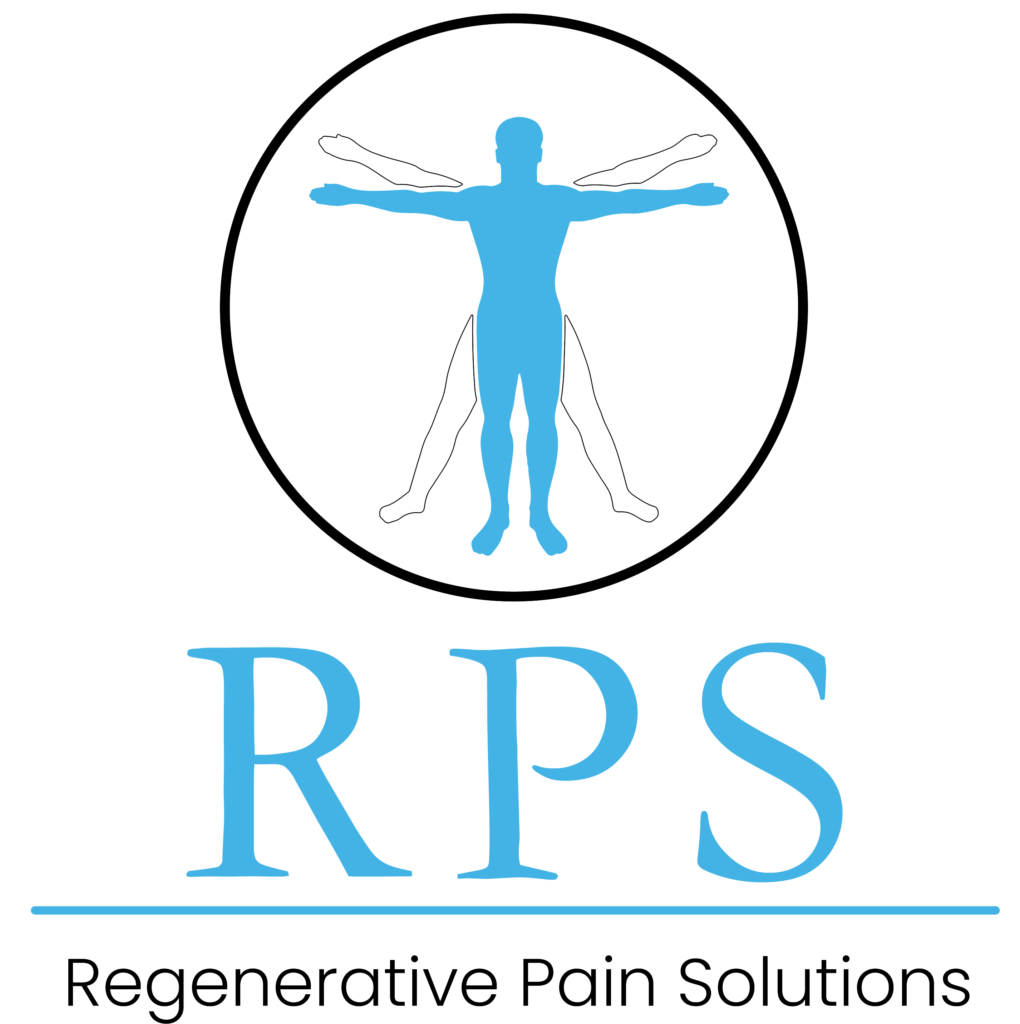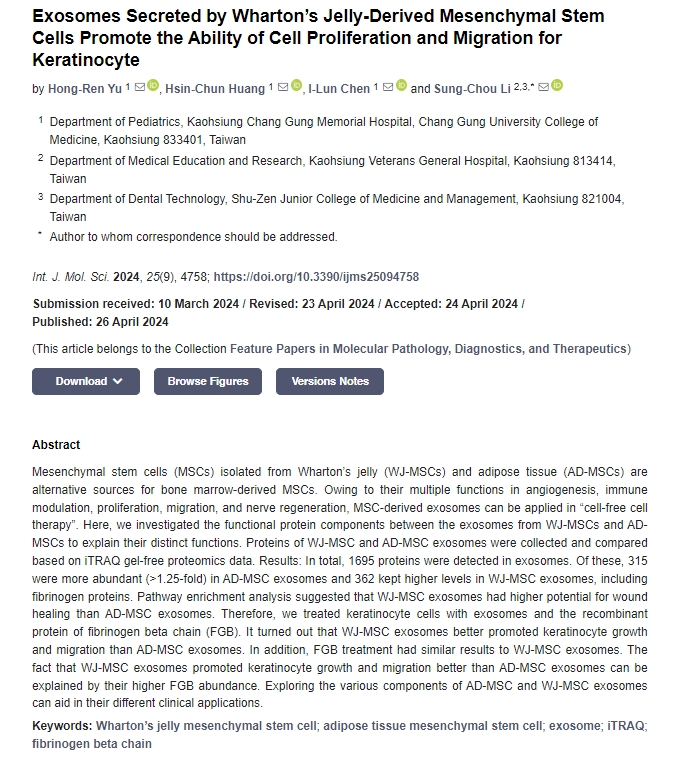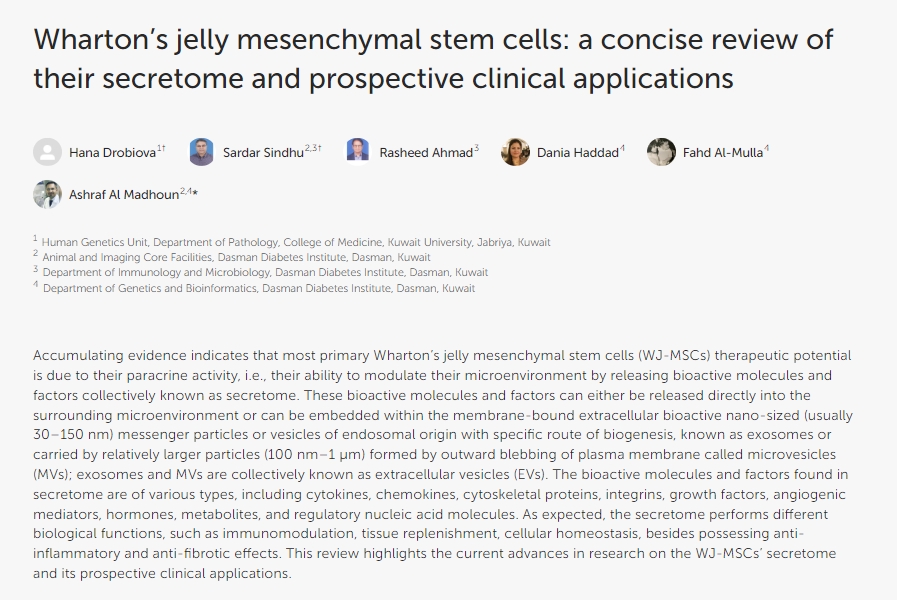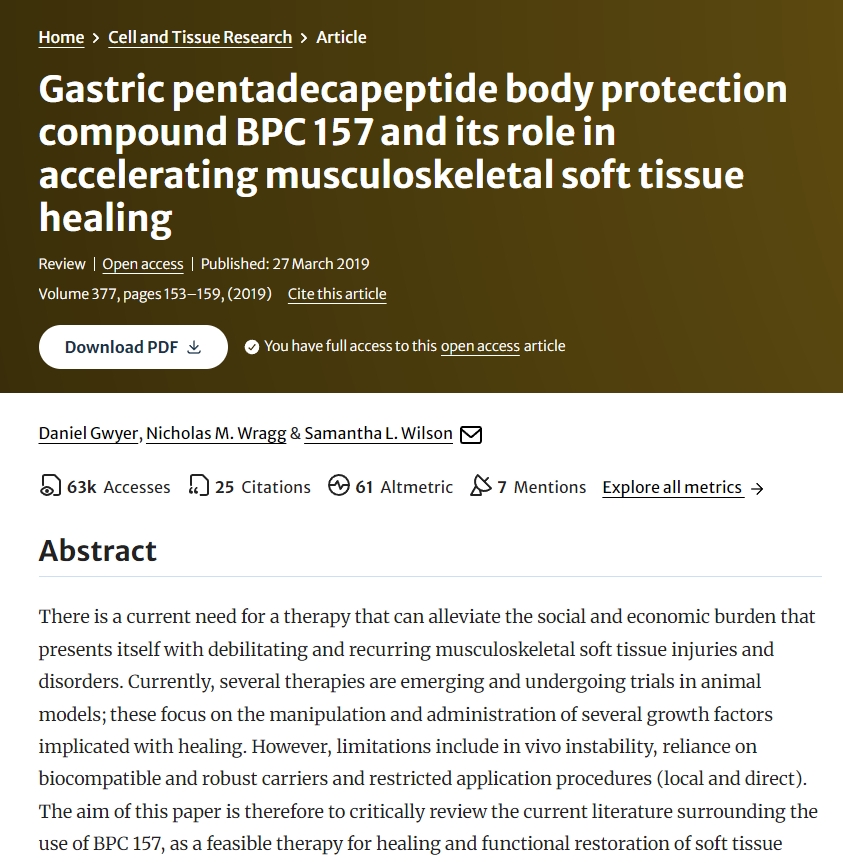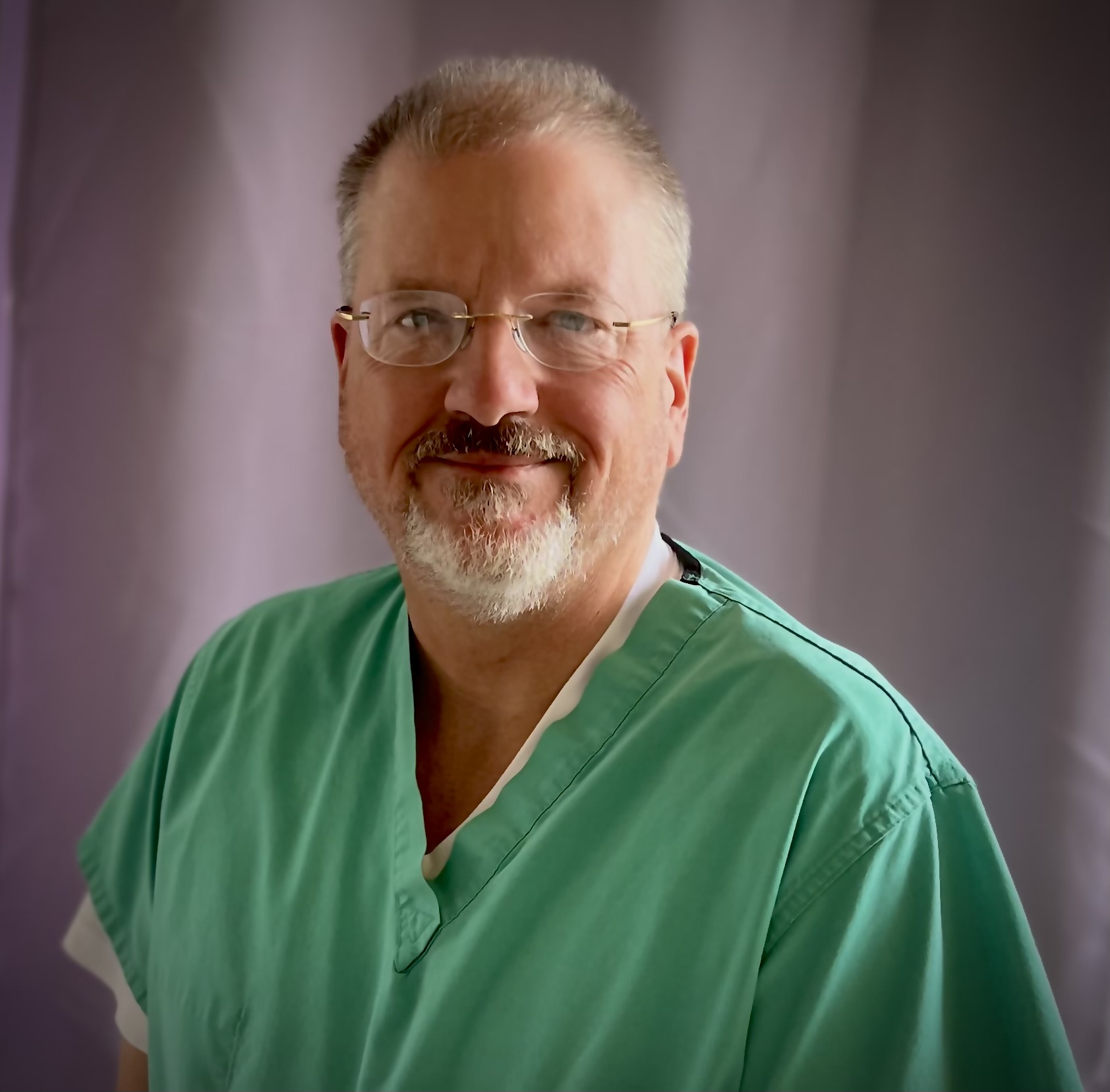TESTIMONIALS
Personal Healing Stories:
Real Experiences with Advanced Therapies
Restorative Therapy at 90: Regaining Health, Stability, and Quality of Life
Overcoming Shoulder Pain with Restorative Therapies
Tammy recounts her journey of overcoming severe shoulder pain and tingling in her arm, which was diagnosed as a mild torn rotator cuff. After enduring worsening pain and skepticism about treatment options, she chose restorative therapy. To her amazement, the therapy provided almost immediate relief, allowing her to regain full arm mobility, eliminate numbness, and enjoy restful sleep.
Overcoming Knee Pain
with Natural Biologics
A year ago, he was at a point where walking was nearly impossible. Now, he has full range of motion and experiences no pain 99.9% of the time. On long workdays, his knees may feel tired, but there is no pain. He previously dealt with instability, feeling unsteady while walking, standing, twisting, or turning, and he could not kneel or crawl. All of that has changed—now, he can do anything he wants without even thinking about it.
Feeling Great, More Energy, and Pain-Free
Hey ben, I’m feeling great, have more energy. I can walk faster with no pain. I’m really impressed how much better I feel.
– Lynda C.’s Testimonial
From Pain to Stride: Healing My Meniscus with Restorative Therapies
"I am an avid walker. I usually walk about 15 miles a week with friends. One day my knee started to ache. It didn’t get better but I kept walking because I did not want to let my friends down. Eventually it got worse and I had to take some Aleve before I walked to get through it. It finally got bad enough I had to go see somebody. I was told I had a tear in my meniscus. I could do some physical therapy, have surgery or wait to see if it got any worse. I really did not want to have surgery at my age so I waited. Well, it got worse.
One of my friends told me about this clinic inside Dr. Holt’s office in Hot Springs. Ben Campbell and his wife Mary Jane were doing restorative therapies and so I gave them a call. They had me fill out some medical forms and got some x-ray reports from my primary care office. We talked about my problem and what our options were.
When I arrived at the clinic I was pretty impressed since it looked so nice. It turns out Mary Jane did all the decorating and it did not feel like a regular doctors office. Anyway, they examined my knee and agreed that there was a tear.
So we did the treatment and it was not painful at all. Ben told me to take it easy and not stress my knee for a few weeks. It took a few weeks but the ache started getting better. He said it might take up to 6 months for the “maximum benefit”. But in my case I was feeling great in 4 weeks and was back to walking with my friends in 6 weeks. I now have no pain when I walk! It was better than I expected and I am so happy I decided not to have surgery.
I was hesitant to try something that did not include medicine or surgery but this really worked and I am more than satisfied. I am telling all my friends and wanted to let Ben and Mary Jane know what a good job they did."
"For over 20 years, I suffered from occasional severe pain in my right shoulder. One day, while cranking a winch to lift my wave runner out of the water, I heard a tearing sound and felt sharp pain. I couldn’t lie on my right shoulder for long before it started aching. If I tried to throw anything overhand, I experienced sharp, severe pain. During flare-ups, I had difficulty even reaching for my seatbelt while driving, and long trips would worsen the aching. On several occasions, when the pain became unbearable, I received a steroid shot in my shoulder. While this helped relieve the worst of the pain, it still ached, though I could function. However, the pain always eventually returned.
Then I heard about stem cells. I thought it might be worth trying, so I did some research online and decided to give it a go. Surgery had always been an option, but I had too many friends who still experienced pain after surgery, and I had seen them struggle through rehab. Some recovered well, but it was something I wasn’t ready for.
I found Ben and MJ and gave them a call. They sent me some paperwork to fill out regarding my medical history and requested medical records from my doctor. I made an appointment, and when I arrived, they examined me and diagnosed me with a rotator cuff tear. I already knew this because my orthopedic doctor had told me the same thing. Ben and I had already discussed the type of stem cell treatment he would recommend if the diagnosis matched his expectations. So after the exam, we proceeded with the treatment.
It took several weeks before I noticed any improvement, but gradually, I started to feel better. Ben had told me it could take several months to see results. Then one night, I realized I could sleep on my right shoulder without waking up in pain. That’s when I started to feel impressed! Slowly but surely, I continued to improve. One day, without thinking, I picked up a ball and threw it to my grandson, and I had no pain! It was so incredible that I stood there in shock for a few moments. It really worked!
So today, I’m writing to say that this treatment worked wonders for me. I didn’t need surgery, and I was able to stop taking Motrin and Tylenol for the pain. I was as skeptical as anyone at first, but now I’m thrilled that I gave it a try. I’ve been recommending Ben and MJ to all my friends who suffer from chronic pain, and if my left shoulder ever gets worse, I’ll definitely go back for more treatment."
Coming Soon
We are excited to share our clients’ experiences and stories with you.
Our testimonial page is currently under development and will be live soon.
Thank you for your patience!
Book An Appointment
